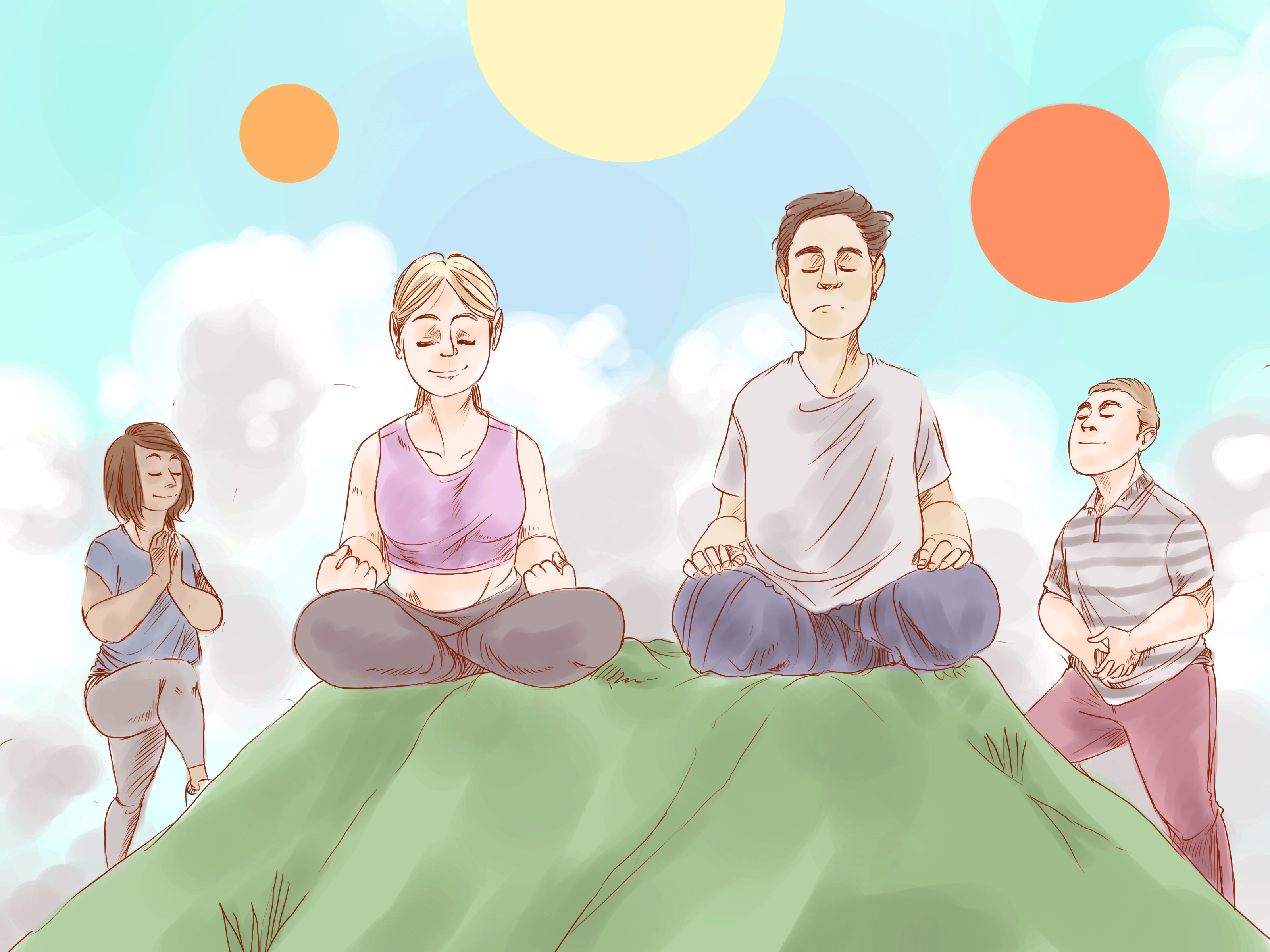
Title: From Stillness to Steps: The Impact and Implementation of Walking Meditation
For numerous meditation enthusiasts, traditional seated meditation is often regarded as the pinnacle—a journey followed by sages, monks, and mindfulness instructors alike. But what unfolds when we step outside conventional boundaries? What occurs when, after seven years of seated practice, you consciously choose to take it on the move?
Such was the unique path of a committed meditator who, after years devoted to mastering stillness, embarked into the realm of walking meditation. What ensued was an eye-opening experience.
In this article, we will delve into:
– The essence of walking meditation and how it contrasts with seated meditation
– The benefits of walking meditation
– Suggestions for getting started
– Why it could be the grounding practice you didn’t realize you required
What Is Walking Meditation?
Walking meditation represents a form of mindfulness in action. While seated meditation urges us to pull our sensory focus away from the body to foster stillness and mental clarity, walking meditation promotes the opposite: paying attention to the sensations of each step, the movements of your body, and the flow of life around and within you.
Rooted in Buddhist traditions—especially within Vipassana and Zen practices—walking meditation (sometimes referred to as kinhin) serves as a link between the internal world and external experiences, enabling practitioners to weave mindfulness into their everyday lives.
Seated vs. Walking Meditation: Not a Contest
Many seasoned meditators, like the author of our central narrative, confess to succumbing to the pitfalls of “performance meditation.” With a checklist mentality, meditation can morph into more of a duty than a ritual—something to accomplish rather than a state to inhabit.
This can lead to resistance to practices that diverge from the “proper way”—often interpreted as the formal, seated posture in silence. However, walking meditation encourages us to view meditation as adaptable rather than rigid, embracing it as a versatile and encompassing experience.
Meditation, like many aspects of life, is not universally applicable. As mindfulness educator and psychologist Seth J. Gillihan points out: “One of the toughest elements of mindfulness practice was to release effort… This task-oriented approach turned meditation into a chore that I could do incorrectly.”
Indeed, it frequently takes years to unravel our perfectionist inclinations—and even longer to create space for innovation. That transition, however, can be liberating.
What Walking Meditation Reveals
The initial startling realization for many who engage in walking meditation is that it’s less challenging, not more, to focus on the body in motion rather than in stillness.
With each step, the physical sensations—foot lifting, heel connecting with the ground, muscles extending—serve as anchors to the present moment. For individuals who find themselves battling racing thoughts during seated meditation, these kinetic physical signals provide accessible routes to mindfulness.
The author of our reflective journey even discovered that this movement-based focus emerged more swiftly—more organically—than in years spent sitting cross-legged in silence.
This is understandable. The body is perpetually in motion—even when we perceive ourselves as still. Walking, therefore, harmonizes our external actions with our internal awareness. In bustling cities, hectic lives, or overstimulated minds, walking teaches us to discover tranquility not by tuning out the world but by cultivating peace within it.
Connecting Contemplation and Meditation
Drawing from ancient yogic wisdom, contemporary meditators uncover a natural progression to mindfulness. In Nischala Joy Devi’s interpretation of the Yoga Sutras, she differentiates between:
– Dharana: Contemplation, or concentrated attention
– Dhyana: Meditation, or the unbroken flow of awareness
Walking meditation often initiates as dharana—focusing our awareness on our steps—and may then transition seamlessly into dhyana, where mindfulness evolves into a continuous experience.
This transition may be where walking meditation reveals its true strength: it demystifies meditation, making it accessible to practitioners at every level.
Advantages of Walking Meditation
1. Decreases Mental Friction
For those facing significant internal resistance to stillness, movement eases the entry. You don’t need to be in a particular spot—you simply have to commence walking.
2. Fights Perfectionism
As meditation shifts from a “task” to a dynamic experience, we begin to relax our expectations of needing to do it “correctly.”
3. Cultivates Focus Amidst Chaos
Like meditating in a noisy apartment with music blaring next door (true story), walking meditation pushes us to nurture calm in less-than-ideal environments.
4. Boosts Body Awareness
Walking merges mindfulness with physical activity. You re-engage with your breath, posture, and stride. Over time, this fosters balance between mind and body.
5. Enhances Habit Integration
As James Clear discusses in Atomic Habits, success with habits is often reliant on making the behavior clear, appealing, straightforward, and gratifying. Walking meditation satisfies all these criteria—it’s low effort, seamlessly integrates with daily tasks or commutes, and instills an immediate sense of